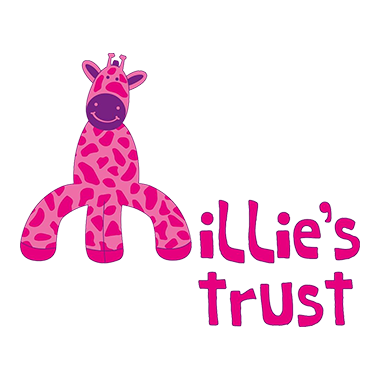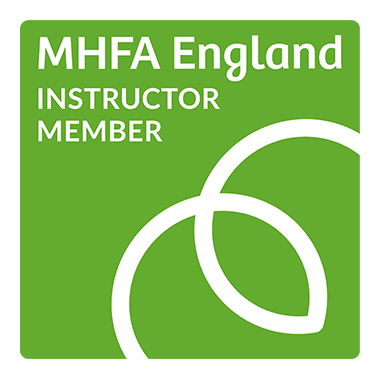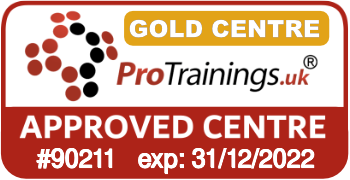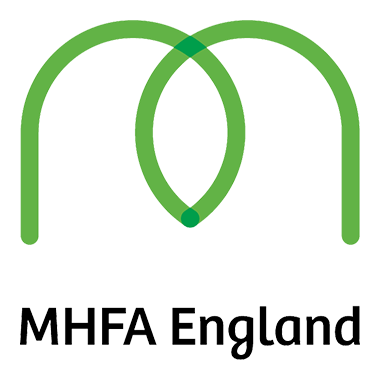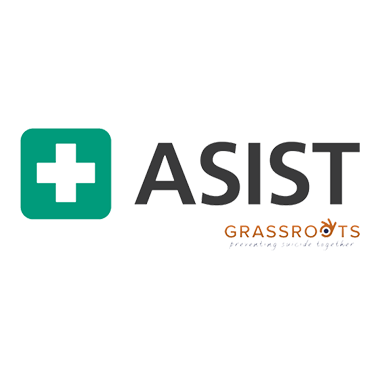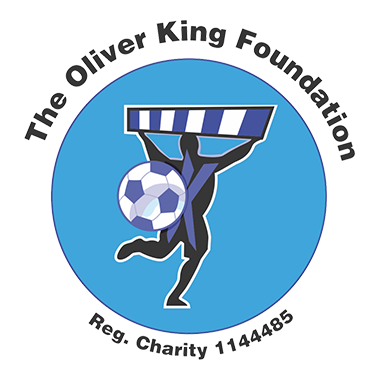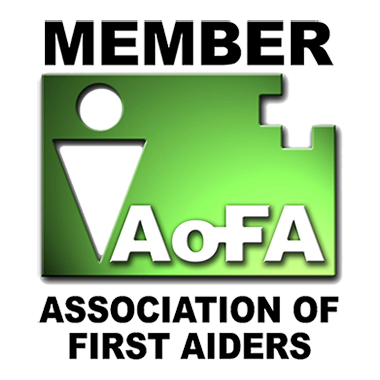About this course
This 6 hour Emergency First Aid at Work (EFAW) is ideal for low risk working environments, and will meet regulatory requirements commonly set by sports governing bodies in the UK as well as the FA.
- Flexible training, ideal for groups with limited availability, or varied shift patterns.
- Attend a classroom practical session around work commitments.
- Train the whole team, without compromising on quality.
In May 2016 the HSE and Awarding Organisations announced that computer-based blended training is allowed for all workplace first aid courses. Therefore you now have the option to complete your Emergency First Aid at Work course as a blended course, with 2.5 hours of online training followed by 3.5 hours in the classroom.
Our blended training allows individuals to learn the theory at their own pace, at a time that suits them.
How do I book a blended Emergency First Aid at Work course?
Simply provide us with your group’s availability for the 4-hour practical hands-on session (part 2) and we’ll send links to part 1 online lessons to complete prior to the part 2 practical.
Each student must have access to a smart phone, tablet or computer.
Can you deliver the practical training on site?
Yes, if you are based within a 60 mile radius of Cambridge. Please let us know a little bit about your venue, so we can ensure it meets our strict risk assessment. Generally speaking; size matters. We will work out the rest. If your space is not suitable, we have venues in Cambridgeshire, Suffolk and Hertfordshire with free parking, which can be used, subject to availability.
Training significant numbers of staff, such as schools or larger enterprises?
Our flexible team can deliver multiple practical sessions in one day, between the hours of 7.30 am and 9.30 pm. Needs must. Each 4-hour practical session is limited to 12 delegates per 1 instructor. All learners must complete the online video-based lessons prior to a practical session with CPR manikins, and training props.
All courses are delivered, evaluated and quality assured to meet the new guidelines set out by the HSE in October 2017 and meet the requirements of the First Aid at Work (First Aid) regulations 1981 and subsequent changes. Visit our which course do I need page for additional information.
How do I access part 1 online?
We will email you a link to access the part 1 video lessons, use our BLENDED PORTAL PAGE, to come and go if you can’t complete the part 1 in a single session.
Tell me more about the online lessons
The part 1 online platform is super simple to navigate. Watch the video lessons at your own pace, pause and resume when it suits you. Answer the multiple-choice questions throughout the course and when you have completed all the lessons, you will be directed to an assessment.
To make sure you really learn and retain the information, test questions are randomised. A video review following the final assessment is customised to support a thorough understanding of each topic
- Front-row seat in the class
- No PowerPoint based slides
- Detailed bite sized video-based training with demonstrations
- Subtitles for “sound off” viewing
- Optional concise text lesson summary with key learning points accompanying each clip
- Comprehensive manual and posters, and current regulatory guidelines updates
- Access videos for up to 8 months after purchase
- Certified CPD evidence-based learning statement and certificate upon successful completion
- Includes recent guidelines on infection prevention with the outbreak of Severe acute respiratory syndrome Coronavirus 2 (SARS–CoV–2)
What to expect and how to prepare for your blended EFAW training.
You must complete the online training before the practical session. Come with an open mind and burning questions.
Our instructors are experienced in creating and facilitating a non-judgemental and entertaining learning environment. We encourage participants to take away this attitude into their own lives following the training. All learners are made to feel safe and included.
What do I need to bring?
Please bring some photo ID, as is required in order to validate this award.
You may wish to bring a notebook for any additional notes. Covid-19 secure refreshments are complementary throughout the training. We are also fully aware of the anxiety that many students have over coming into a public space. There is a lot to think about which we have already thought about. You are in safe hands.
Anything else?
We have listed below the National Governing Bodies (NGB) in the UK for this Level 3 EFAW. It is important that your first aid training follows your activities NGB best practice recommendations for regulated centres. This 6-hour course meets the requirements laid down by THE FOLLOWING
Security Industry Authority (SIA) licence
Office Workers – low hazard industry
Schools, colleges, and further education institutions – Not suitable for EYFS
Outdoor Pursuits (If the 2-day outdoor pursuits course is not required)
Tennis Coaches as per the Lawn Tennis Associations (LTA) Guidance
Osteopaths and massage therapists
Hairdressers and beauty therapists
Your instructor will send you an e mail a couple of days prior to the classroom practical, so that you have their contact details should you be running late, or have additional accessibility requirements.








